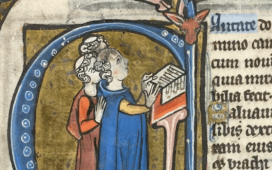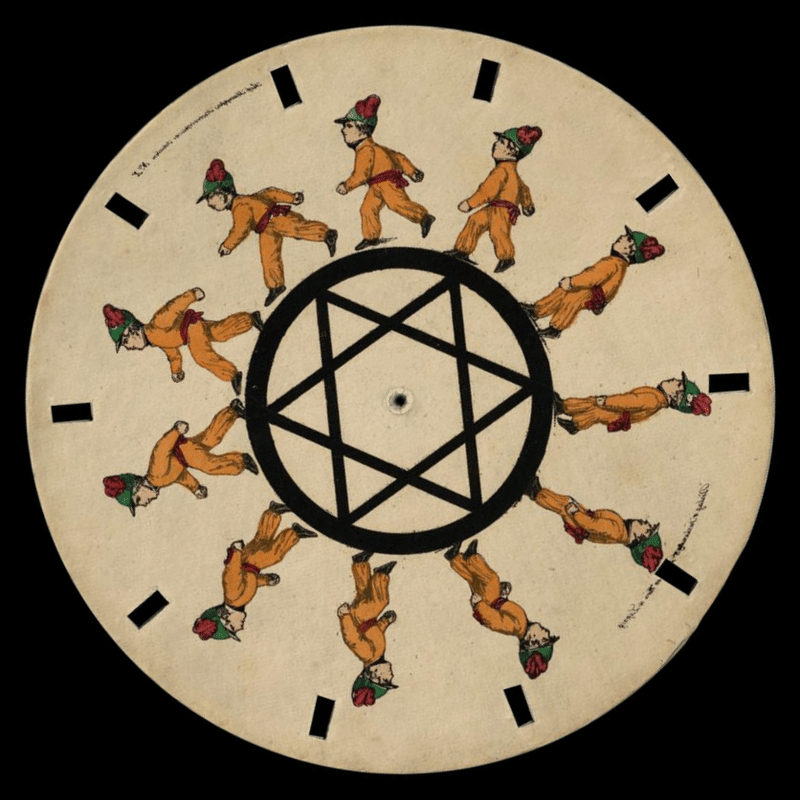The history of medicine is, for the most part, a history of dubious cures. Some were even worse than dubious: for example, the ingestion of antimony, which we now know to be a highly toxic metal. Though it may not occupy an exalted (or, for students in chemistry class, particularly memorable) place on the periodic table today, antimony does have a fairly long cultural history. Its first known use took place in ancient Egypt when stibnite, one of its mineral forms, was ground into the strikingly dark eyeliner-like cosmetic kohl, which was thought to ward off bad spirits.
Ancient Greek civilization recognized antimony less for its effects on the spirit world than on the human one. The Greeks knew full well that the stuff was toxic, but also kept returning to it as a potential form of medicine.
Ancient Rome made its own practical use of antimony, not least in metallurgy, but also kept up certain lines of inquiry into its curative properties. As a substance, it was well-placed to capture imaginations more intensely in the medieval age of alchemy. By the late seventeenth century, people were drinking wine out of antimony cups, as unboxed in the video from the Victoria and Albert Museum above.
“The purpose of it is to try and make you vomit and have diarrhea and sweat a lot,” says Angus Patterson, the V&A’s senior curator of metalwork. In theory, this would re-balance the “humors” of which medieval medicine conceived of the body as being composed. Fancy cups like the one in the video, which was once owned by a lord, weren’t the only antimony objects used for this purpose: the metal was also forged into so-called “perpetual pills,” meant to be swallowed, retrieved from the excrement, then swallowed again when necessary — for multiple generations, in some cases, as a kind of family heirloom. “Not sure I’d fancy swallowing a pill that had been through my grandpa,” Patterson adds, “but needs must when you have a stomachache in 1750.”
via Aeon
Related content:
The Color that May Have Killed Napoleon: Scheele’s Green
1,000-Year-Old Illustrated Guide to the Medicinal Use of Plants Now Digitized & Put Online
Sir Isaac Newton’s Cure for the Plague: Powdered Toad Vomit Lozenges (1669)
Based in Seoul, Colin Marshall writes and broadcasts on cities, language, and culture. His projects include the Substack newsletter Books on Cities and the book The Stateless City: a Walk through 21st-Century Los Angeles. Follow him on the social network formerly known as Twitter at @colinmarshall.














